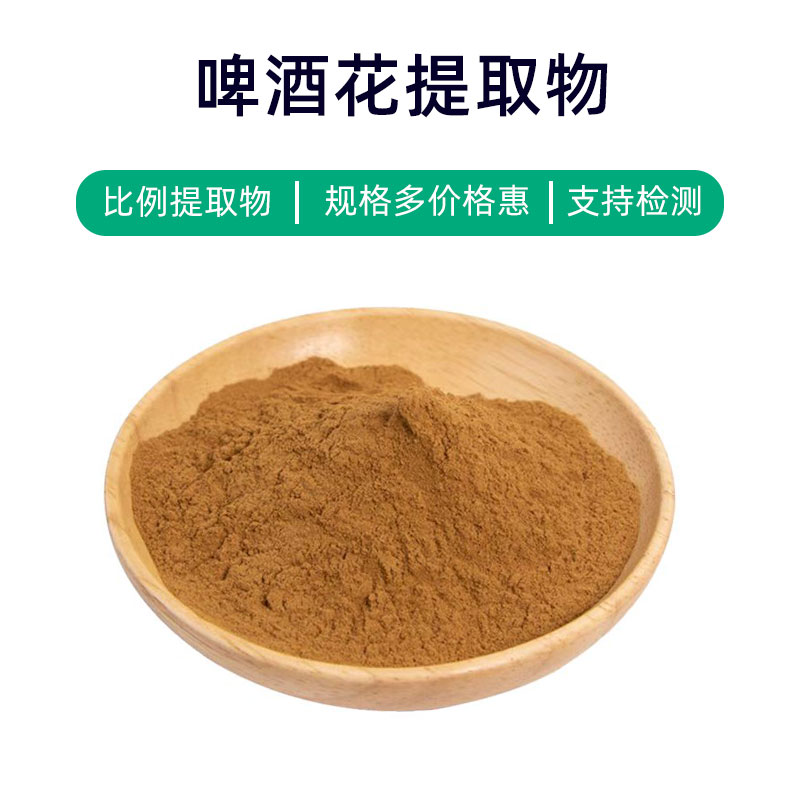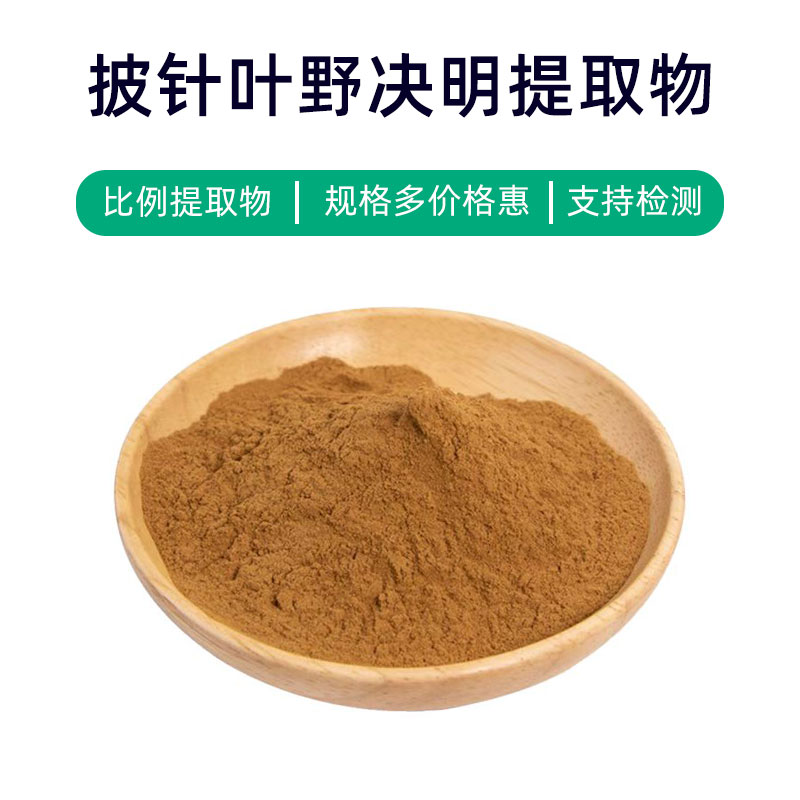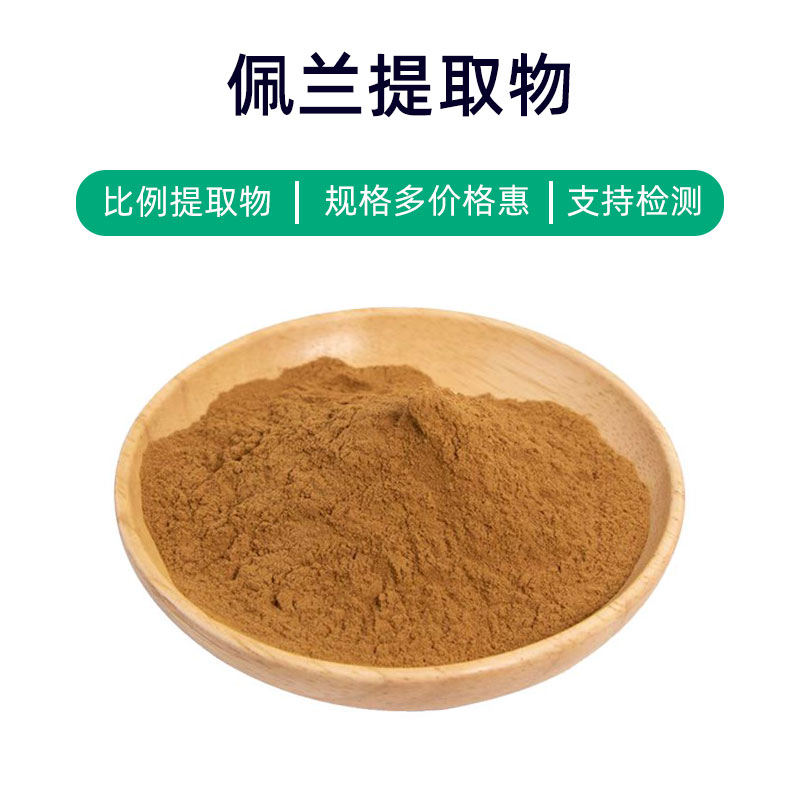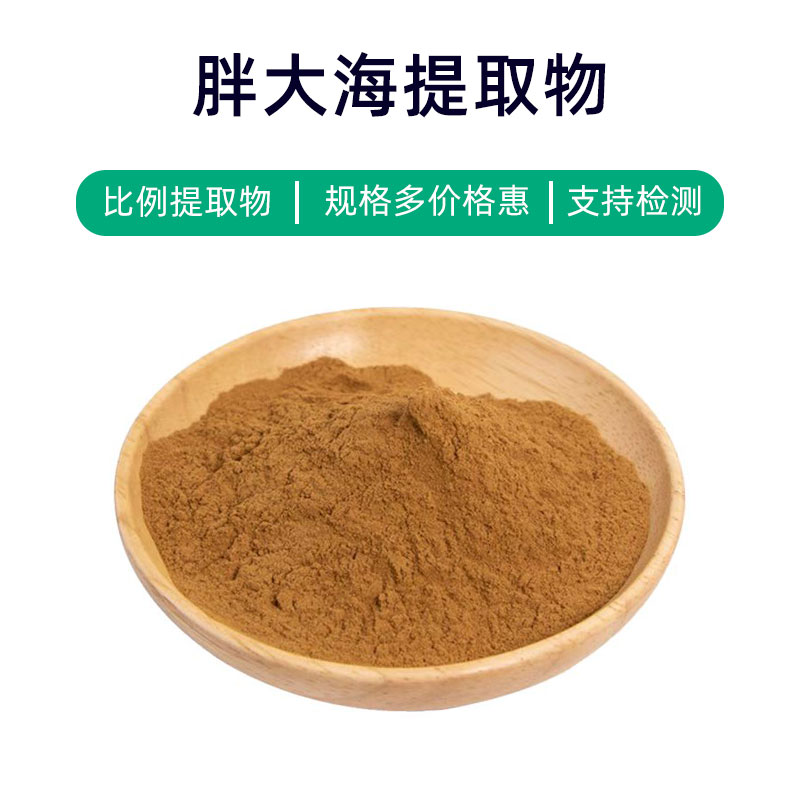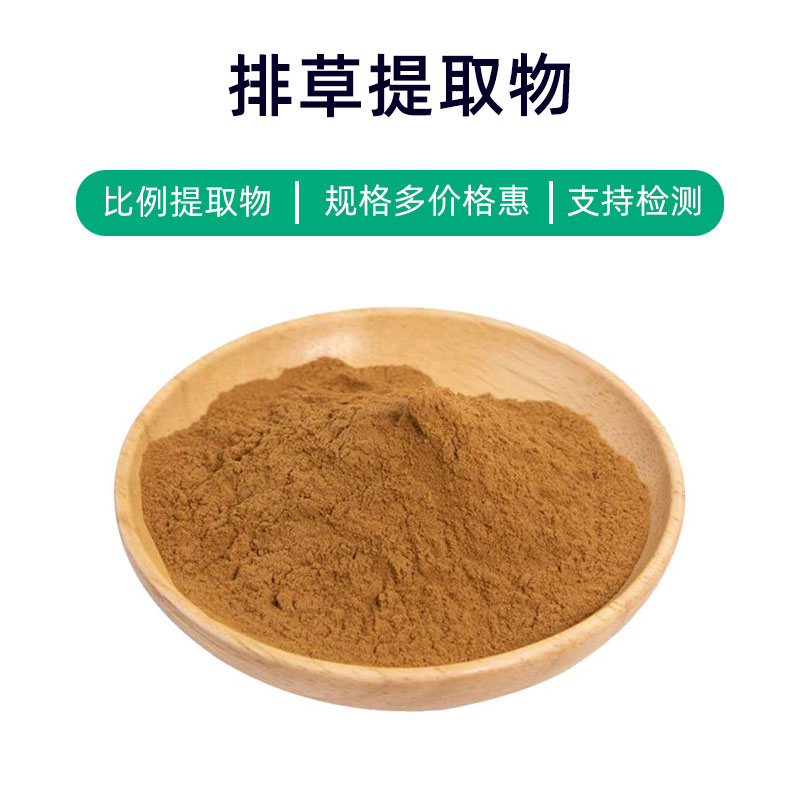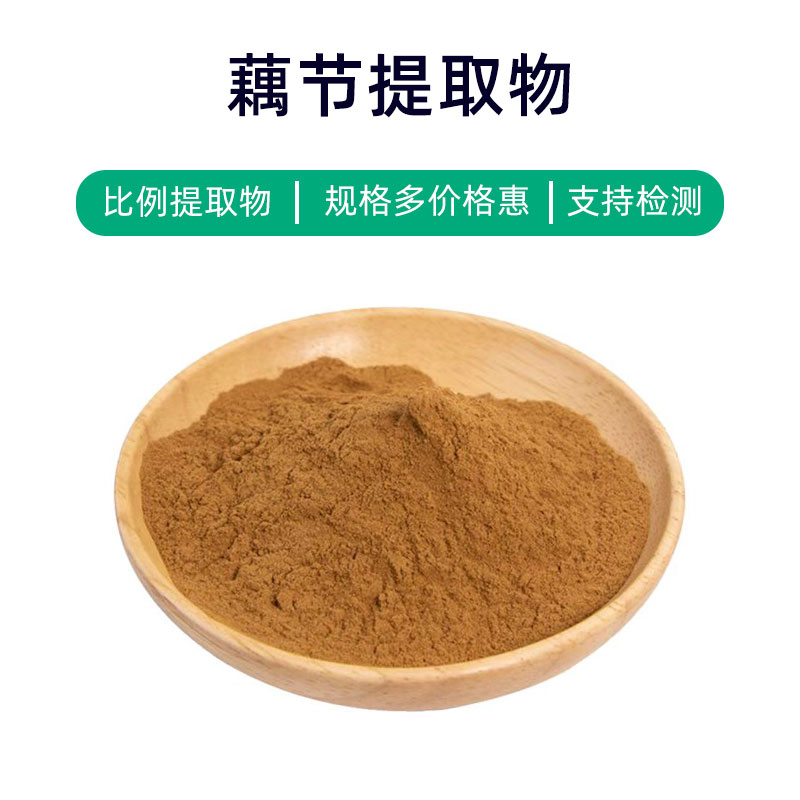Introduction to Fenugreek Extract
Fenugreek extract is a natural plant extract derived from the fruits or roots of the fenugreek plant, with main components including saponins, polysaccharides, and flavonoids. These components endow fenugreek extract with significant medicinal value and effects.
First, fenugreek extract possesses anti-inflammatory and antioxidant properties, helping to reduce inflammation and oxidative stress, thus protecting the body from damage by free radicals. Additionally, it has demonstrated certain antibacterial and antiviral effects, aiding in the prevention and alleviation of infectious diseases. Furthermore, it has been found to regulate immune function and promote digestive system health.
In the pharmaceutical field, fenugreek extract is often used in traditional Chinese medicine formulas to treat various inflammatory diseases, such as rheumatoid arthritis, digestive system disorders, and respiratory infections. It is also formulated into health supplements to enhance immunity and promote overall health.
Overall, fenugreek extract is a natural plant extract with broad application prospects, and its anti-inflammatory, antioxidant, antibacterial, and immune-regulating benefits have garnered significant attention in the pharmaceutical and health supplement industries.
Production Process of Fenugreek Extract
The production process for fenugreek extract typically includes the following steps:
- Raw Material Preparation: Select high-quality fenugreek fruits or roots for extraction, ensuring they are fresh, dry, and free from mold.
- Crushing and Grinding: Crush and grind the fenugreek fruits or roots to increase extraction efficiency and surface area.
- Solvent Extraction: Soak the crushed fenugreek samples in an appropriate solvent (such as ethanol or water) to extract target compounds from the plant material.
- Extraction Process: Control the extraction time and temperature for the solvent and raw materials to ensure maximum dissolution of target components into the solvent.
- Filtration and Separation: Filter the extract through a filter to remove plant residues and impurities, obtaining a clarified extract.
- Concentration and Evaporation: Concentrate and evaporate the extract to remove excess solvent, resulting in concentrated fenugreek extract.
- Drying and Powdering: Dry the concentrated extract to convert it into a powder form for further processing and application.
- Quality Control: Conduct quality testing and analysis of the extract to ensure it meets relevant standards and quality requirements.
- Packaging and Storage: Package the extract in appropriate containers and seal them to prevent moisture and light exposure, maintaining its stability and activity. Finally, store in a dry, cool place, avoiding high temperatures and direct sunlight.
This is a general production process for fenugreek extract, and specific parameters and steps may vary based on the manufacturer's actual conditions and product requirements.
Effects and Side Effects of Fenugreek Extract
Fenugreek extract is a common herbal ingredient with various effects and benefits, primarily including the following:
- Antibacterial Effects: Fenugreek extract contains multiple active components that exhibit strong antibacterial properties, inhibiting the growth and reproduction of various pathogens, and having therapeutic effects on skin inflammation and infections.
- Anti-inflammatory Effects: The active components in fenugreek extract have anti-inflammatory properties that can inhibit the release of inflammatory factors and alleviate inflammatory responses, helping to relieve symptoms of skin inflammation and eczema.
- Antioxidant Effects: Fenugreek extract is rich in various antioxidants, capable of scavenging free radicals and reducing oxidative stress on the skin, helping to delay skin aging and maintain skin health.
- Moisturizing Properties: Fenugreek extract possesses good moisturizing capabilities, enhancing skin hydration and improving dryness and roughness, making skin softer and smoother.
- Wound Healing Promotion: Fenugreek extract can promote wound healing, accelerating skin tissue repair and regeneration and reducing scar formation, helping to restore damaged skin health quickly.
- Inhibition of Pigmentation: Fenugreek extract can inhibit the formation and deposition of melanin, aiding in the reduction of skin blemishes and freckles, resulting in a more even and brighter complexion.
- Regulating Sebum Production: Fenugreek extract can help regulate sebum production, reducing excess oil secretion and alleviating oily skin issues, thus minimizing acne and blackhead formation.
- Soothing Effects: Fenugreek extract contains components that soothe the skin, alleviating discomfort and reducing itchiness and stinging sensations, making the skin feel more comfortable.
While fenugreek extract offers various benefits, caution is advised regarding potential side effects and allergic reactions. Some individuals may be allergic to certain components in fenugreek extract, experiencing skin redness, swelling, or itching. A skin sensitivity test should be conducted before use, and it's recommended to follow advice from a physician or professional. Additionally, avoid prolonged or excessive use of fenugreek extract to prevent skin discomfort or other adverse reactions.
Application Scenarios and Dosage of Fenugreek Extract
Fenugreek extract has broad applications in the pharmaceutical, food, and cosmetic fields. Here’s an overview of its applications and corresponding dosages in these three areas:
- Pharmaceutical Field:
- Treatment of Skin Inflammation: Fenugreek extract can be used to prepare topical ointments or sprays for treating skin inflammation, eczema, burns, etc. Apply an appropriate amount of ointment to the affected area 2-3 times daily until symptoms improve.
- Wound Healing: Fenugreek extract promotes wound healing and can be used to prepare topical wound dressings or ointments, changing it daily until the wound heals.
- Antibacterial and Anti-inflammatory: Fenugreek extract can be used to prepare oral solutions, capsules, or tablets for treating gastrointestinal infections and respiratory infections. The typical dosage is 5-10 mL taken orally 2-3 times daily, before or after meals.
- Food Field:
- Seasoning: Fenugreek extract has a unique flavor and can be used as a seasoning in food to enhance the taste of dishes. Generally, add 1-5 grams of fenugreek extract per 100 grams of ingredients.
- Food Preservation: Rich in antibacterial components, fenugreek extract can serve as a preservative, extending food shelf life. The amount depends on specific circumstances, typically 0.1-0.5% of the total food weight.
- Cosmetic Field:
- Skincare Products: Fenugreek extract has good moisturizing and antioxidant properties, used in skin care products like creams, lotions, and masks. The general amount is 1-5% of the total product formulation.
- Sunscreen: Active components in fenugreek extract can defend against UV damage, suitable for formulating sunscreens. The general addition is 5-10% of the total product formulation.
Applications of fenugreek extract in different fields should be adjusted based on specific circumstances, and strict adherence to product instructions or physician recommendations is essential for safety and efficacy. If adverse reactions occur during use, discontinue immediately and seek medical attention.
Overview of the Source Plant of Fenugreek Extract, Distribution, and Growth Environment
Fenugreek (Scientific name: Trichosanthes kirilowii Maxim), also known as bitter melon or gourd, is a common plant in the gourd family and is a climbing vine. The following provides insight into the source plant, its distribution, and growth environment.
- Source Plant:
Fenugreek is a plant valued for both medicinal and culinary uses, primarily found in regions such as China, Japan, and Korea. It is a perennial climbing plant with long, sprawling stems, palmate deeply lobed leaves, white or pale yellow flowers, and long, curled gourd-like fruits. - Distribution:
Fenugreek is mainly distributed in China’s Yangtze River basin, Yellow River basin, South China, and Southwest, as well as in East Asian countries like Japan and Korea. In China, it is commonly found in mountain areas, field edges, roadsides, and fallow lands and shrubs around villages. - Growth Environment:
Fenugreek thrives in warm, humid environments with ample sunlight. While it is not very particular about soil, it prefers loose, well-drained sandy loam. It is commonly found in mountainous regions, hilly areas, and near cultivated and fallow lands. The optimal temperature for growth is 20-30 degrees Celsius, and it favors high humidity, being intolerant of drought or cold conditions.
As a plant with both medicinal and culinary values, fenugreek has wide cultivation and utilization throughout southern China. The principal medicinal parts are the fruits and roots, frequently used in traditional Chinese medicine preparations. In terms of food, young fruits can be consumed as vegetables, rich in various nutrients. Due to its unique medicinal and edible properties, fenugreek boasts a long history of cultivation and extensive applications in China.
Processing and Storage of Fenugreek Extract
The processing of fenugreek extract typically involves the following steps: first, harvesting mature fenugreek fruits or roots, then cleaning and removing impurities, followed by grinding, crushing, or slicing the raw materials to better extract the active components. During the production process of the extract, methods such as water extraction, alcohol extraction, or supercritical fluid extraction are often employed to obtain purified fenugreek extract. In terms of storage, fenugreek extract should be kept in a cool, dry place, protecting it from direct sunlight and high temperatures while preventing moisture to ensure its quality and stability.
Monica Sun is a seasoned expert in the plant extraction industry with over a decade of experience in research and production. She specializes in the extraction and purification of plant active ingredients, focusing on driving innovation in natural product applications. Monica has participated in the development of multiple functional plant extracts, delivering high-value natural raw material solutions for the health food, pharmaceutical, and dietary supplement sectors.









